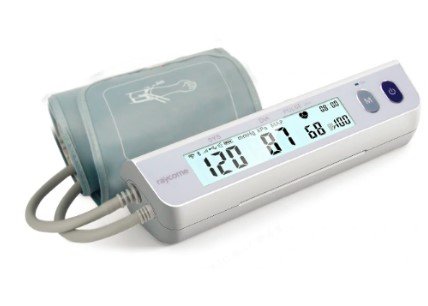Guidelines for Handling and Disposing of Blood Samples in Medical Labs: Ensuring Accuracy and Safety
Summary
- Phlebotomists must follow specific guidelines when handling and disposing of blood samples in a medical lab setting in the United States.
- Proper identification, labeling, transportation, and storage of blood samples are essential to ensure accuracy and patient safety.
- By following established protocols and Regulations, phlebotomists can help maintain a safe and efficient work environment in medical labs.
Introduction
Phlebotomists play a crucial role in the healthcare system by collecting blood samples for testing and analysis. It is essential for phlebotomists to adhere to specific guidelines when handling and disposing of blood samples in a medical lab setting in the United States. By following established protocols and Regulations, phlebotomists can help maintain a safe and efficient work environment while ensuring accuracy and patient safety.
Guidelines for Handling Blood Samples
Proper Identification
One of the most critical guidelines for phlebotomists when handling blood samples is proper identification. Phlebotomists must verify the patient's identity using at least two unique identifiers, such as name, date of birth, or medical record number, before collecting a blood sample. This helps prevent sample mix-ups and ensures that the Test Results are accurately linked to the correct patient.
Labeling
After collecting a blood sample, phlebotomists must label the sample container with the patient's information, including name, date of birth, and medical record number. The label should also include the date and time of collection, as well as the phlebotomist's initials. Proper labeling is essential for tracking and identifying samples throughout the testing process.
Transportation
Once the blood sample is collected and labeled, phlebotomists must transport it to the laboratory for testing. Blood samples should be stored in a sealed, biohazard bag to prevent leaks or spills. During transport, samples should be handled carefully to avoid any damage that could compromise the integrity of the sample or the accuracy of the Test Results.
Storage
Upon arrival at the laboratory, blood samples should be stored in a designated area for processing. Samples should be stored at the appropriate temperature to prevent degradation and ensure accurate Test Results. Phlebotomists must follow established protocols for sample storage, including proper labeling and organization to facilitate easy retrieval for testing.
Guidelines for Disposing of Blood Samples
Segregation
Phlebotomists must segregate biohazardous waste, including blood samples, from other types of waste for Proper Disposal. Blood samples should be placed in puncture-resistant containers that are labeled as biohazardous waste. By segregating blood samples from other waste, phlebotomists can prevent Cross-Contamination and reduce the risk of exposure to infectious materials.
Disposal
Once blood samples have been properly segregated, they must be disposed of according to established guidelines and Regulations. Phlebotomists should follow local, state, and federal Regulations for the disposal of biohazardous waste, including blood samples. Disposal methods may include autoclaving, incineration, or other approved methods to ensure the safe and Proper Disposal of blood samples.
Documentation
Phlebotomists must maintain accurate documentation of the disposal of blood samples. This documentation should include the date and method of disposal, as well as any additional information required by regulatory agencies. Proper documentation helps ensure compliance with Regulations and allows for traceability of disposed blood samples if needed.
Conclusion
Phlebotomists play a vital role in ensuring the accuracy and safety of blood samples collected in medical lab settings. By following specific guidelines for handling and disposing of blood samples, phlebotomists can help maintain a safe work environment, prevent sample mix-ups, and protect against the spread of Infectious Diseases. Adhering to established protocols and Regulations is essential for phlebotomists to provide quality care and maintain patient safety in the United States.

Disclaimer: The content provided on this blog is for informational purposes only, reflecting the personal opinions and insights of the author(s) on the topics. The information provided should not be used for diagnosing or treating a health problem or disease, and those seeking personal medical advice should consult with a licensed physician. Always seek the advice of your doctor or other qualified health provider regarding a medical condition. Never disregard professional medical advice or delay in seeking it because of something you have read on this website. If you think you may have a medical emergency, call 911 or go to the nearest emergency room immediately. No physician-patient relationship is created by this web site or its use. No contributors to this web site make any representations, express or implied, with respect to the information provided herein or to its use. While we strive to share accurate and up-to-date information, we cannot guarantee the completeness, reliability, or accuracy of the content. The blog may also include links to external websites and resources for the convenience of our readers. Please note that linking to other sites does not imply endorsement of their content, practices, or services by us. Readers should use their discretion and judgment while exploring any external links and resources mentioned on this blog.
